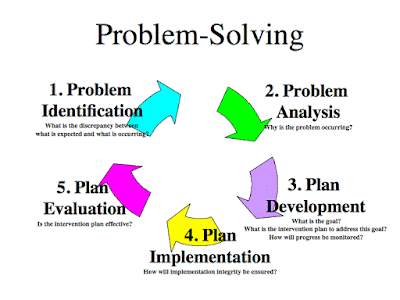For pre-service agricultural education teachers at
The Pennsylvania State University we must take AEE 412 our fall semester before
student teaching. This course is jammed
pack with content and assignments. It is
nothing to take lightly! All that said it’s
a class where we get to grow professionally, learn together, collaborate
together, and get to teach our peers along with high school students for a
three day mini unit.
With a semester of AEE 412 lab just under wraps it
was a positive experience overall. Each
week I was challenged to teach a certain approach to presenting material to my
peers. While at times I did become quite
stressed out. The knowledge and skill I
learned from creating these lessons like a solid interest approach, problem
solving, and inquiry have strengthened me as a to be educator. I now realize the importance of not just
standing in front of the class lecturing from a PowerPoint and students never
having the opportunity to get up out of their seats. When teaching on Wednesdays I struggled with
clarity specifically clarity in my directions.
Throughout the semester lab I became better at conveying my thoughts and
directions across to my students. I
really witnessed this during my three day microteaching experience. Wednesdays also taught me how much you have to
be prepared to teach just a lesson let alone an entire school day! I found myself preparing days in advance for
my teaching. I also witnessed first-hand
how well my lessons would go if I had all my materials prepared and lesson
solidly written before going into teach.
This in turn was a confidence booster and helped me succeed during
lab.
Individually, I have grown in the sense of becoming
more familiar with teaching techniques and how you might incorporate them into
certain types of material I may be teaching.
Throughout the semester and specifically during my microteaching
experience I saw the powerfulness of having bell work, greeting students, and
starting class with some type of interest approach. I always thought bell work was dumb, but when
looking at classroom management techniques having a consistent schedule set of
procedures makes starting class that much easier. The whole greeting the students’ thing just
puts that personal touch on the class.
Getting up in front of my classmates and being front
and center built on my public speaking skills I already had. Being able to own the classroom and speak in
a teacher voice is essential when actually going out and teaching. I also, learned how to manage students who
might be disruptive, rude, or disengaged.
When we began role playing in class I have to say we gave each other a
run for our money! It was all in good
fun and meant to only give us an outlook on what might occur while student
teaching. Professionally I have grown
realizing that students will only take me as serious as I take myself. Every day I must go in dressed for success
and expect the same from my students while in my classroom.
Coming into this semester I thought blogging was
silly and it’s just another means of social media. However, my viewpoints have somewhat
changed. Reflecting after pivotal
moments in my short teaching career thus far is very important. It is also just as important to reflect as
soon as I can. I have realized after
completing any task worth blogging. I
have found that reflecting and putting my thoughts down into my blog makes me
think about the successes, struggles, failures, and meaningful moments I had
during my teaching lessons. Blogging
about it allows for me to share my thoughts with anyone. Reading my cohort member’s blogs it made me
feel good they encountered many of the same difficulties that I did. And that in just a few short seconds I could
reply to their blog and discussing anything.
At the same time I can’t imagine blogging on a regular basis when/if I
had my own program.
As for improvements for AEE 412 lab
1. Mix
up lab sessions halfway through or quarterly.
This would allow for us all to observe and be a part of other cohort
member’s lab. There was a lot of
comments left on the ThereNow website stating I would have loved to of been in
your lab!
2. Reflect
on student performance immediately after presenting their lab. I experienced this right after my IBI
lesson. It was very beneficial. Discussion doesn’t have to be long, but
reflect with the group and instructor after every time a student presents.
3. The
small lab groups made it very impractical to incorporate the things we had to
into our lab and we were always improvising with the number of students we
had. Teaching to three students just
didn’t give it that teacher student feel.
However, it is understandable nothing compares to the real thing and
this is the closest we can get.
4. Structure. There just seemed to be a lot of confusion
and hear say.
Early on in the semester we learned about the 5
characteristics of effective teaching by Roshenshine and Furst. Early on these 5 characteristics were
instilled into our thoughts when creating a meaningful lesson. As a final assignment we had to create a
video highlighting one of the 5 characteristics we thought we demonstrated
strongly. I chose to express
variability. I thought throughout all my
lab sessions and microteaching experiences that I did a very good job mixing
activities up and keeping student engagement in my lessons. Below you can watch my short video.


